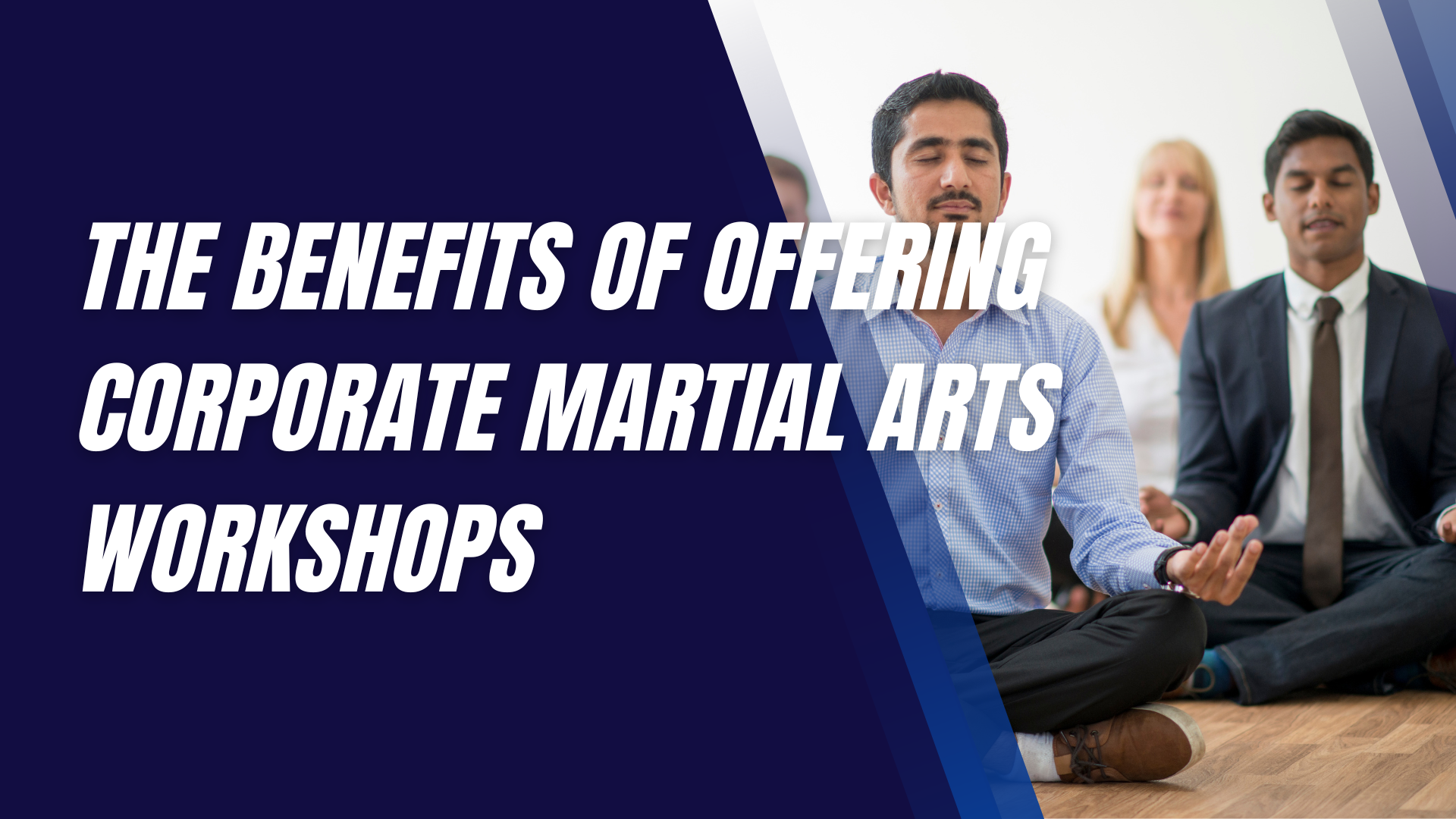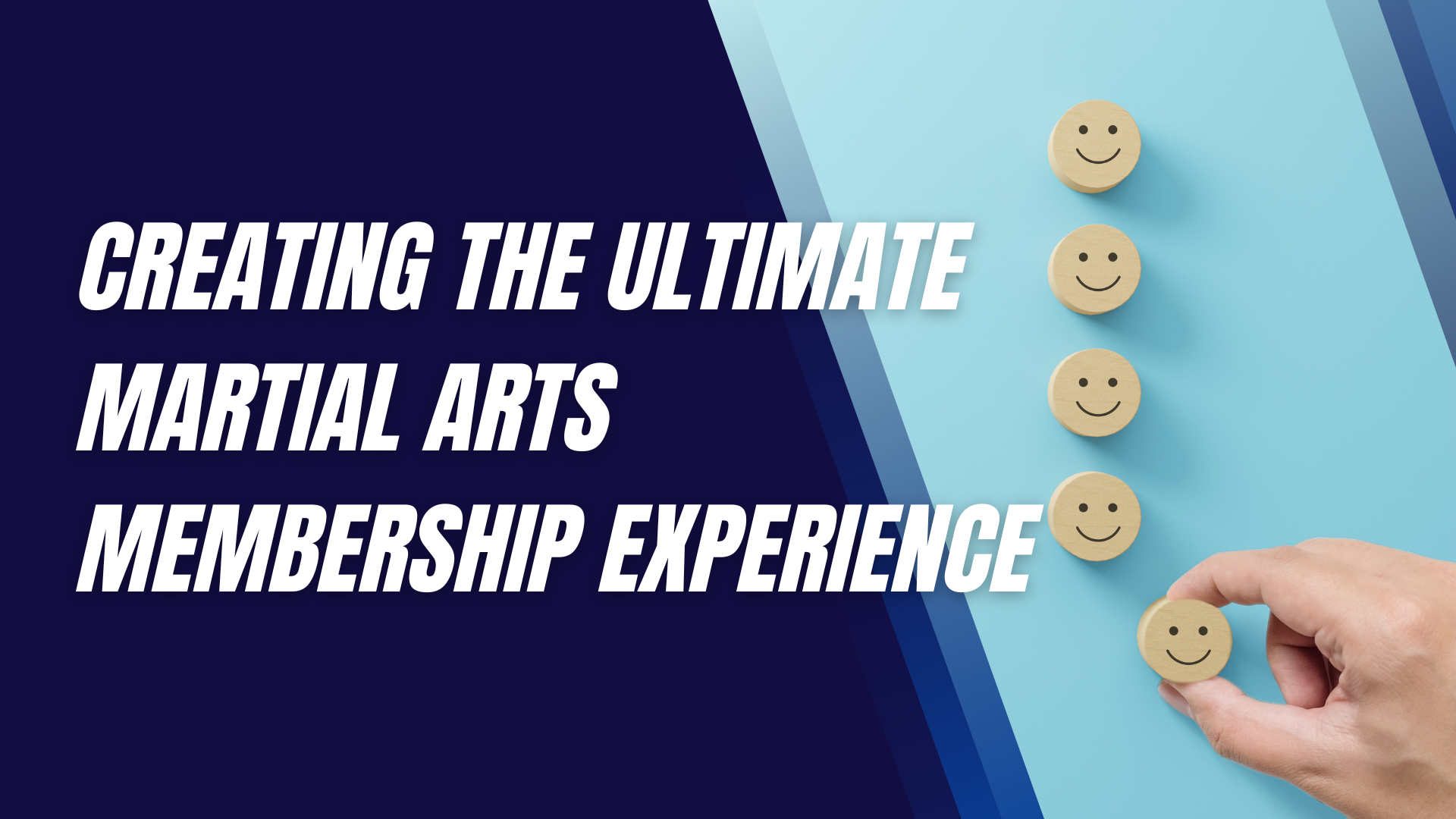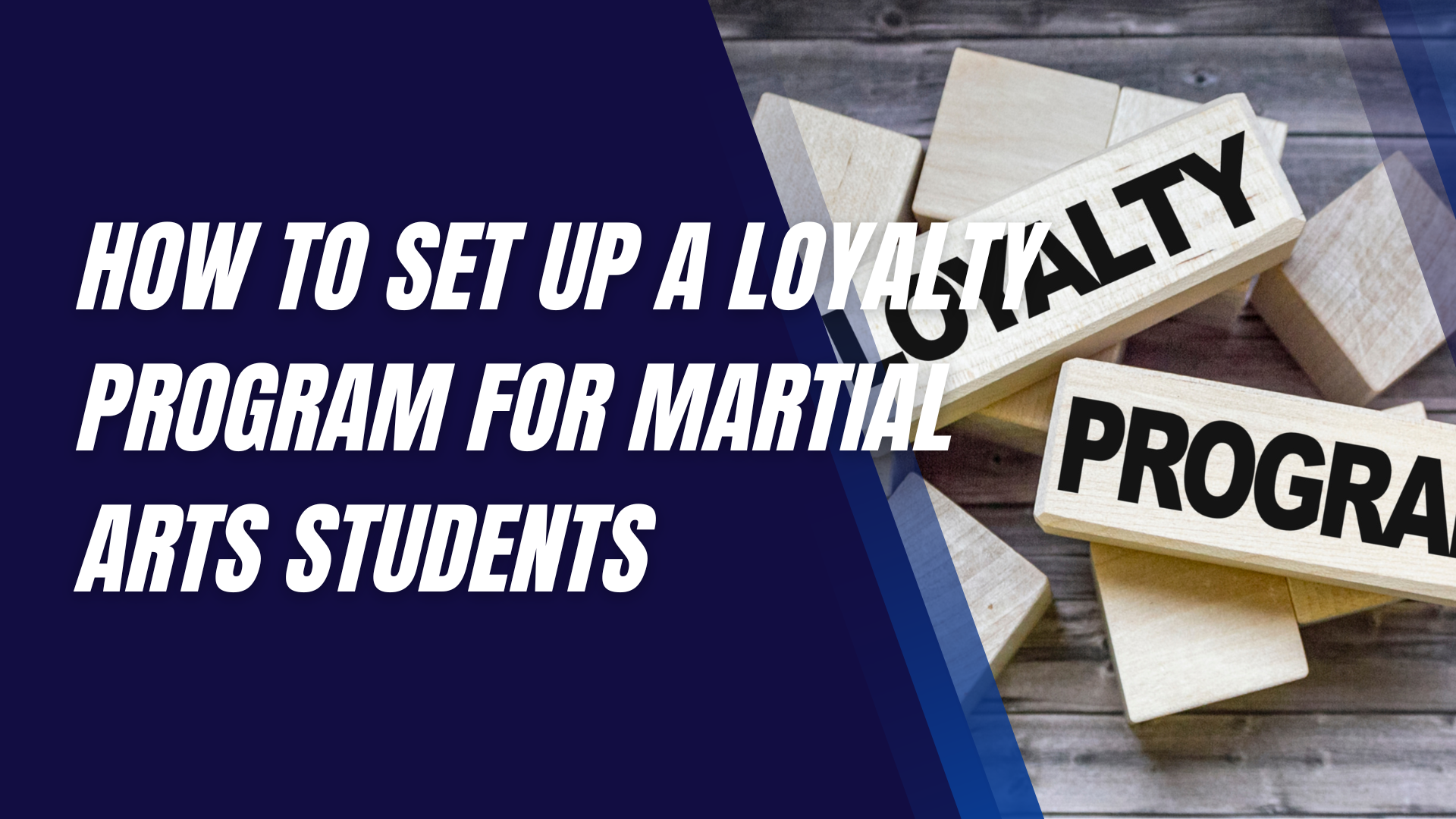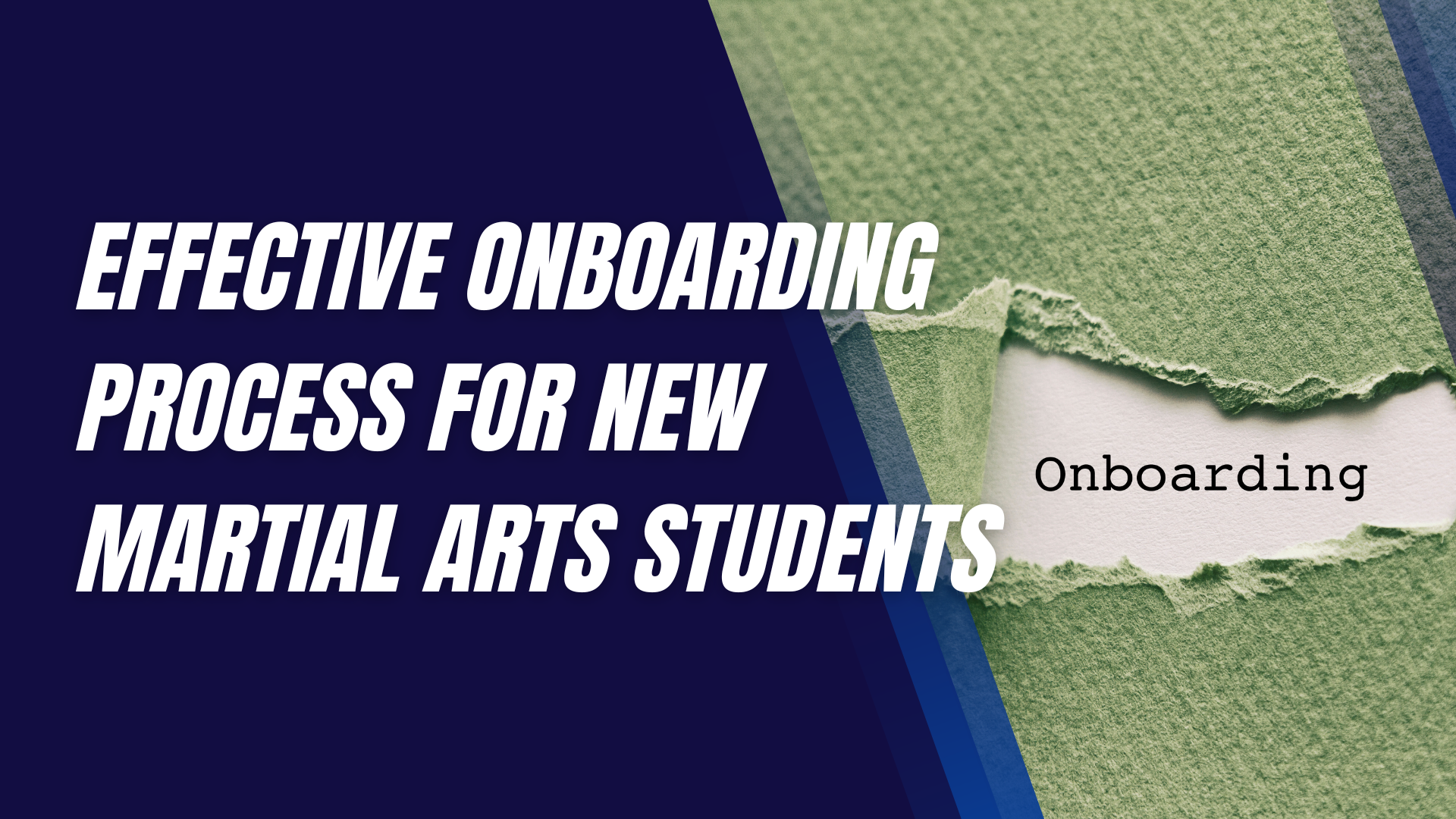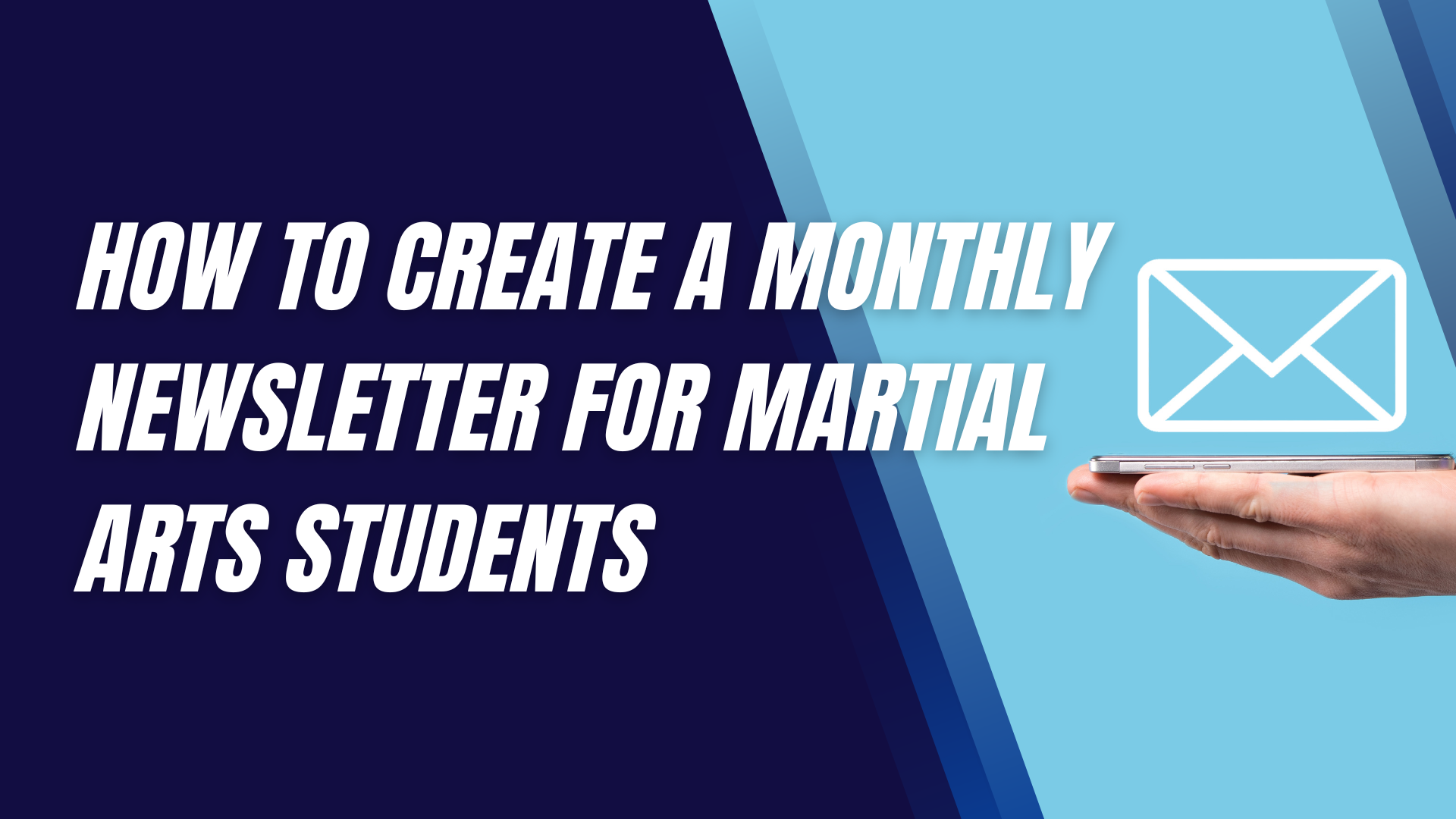The Role of Martial Arts in Conflict Resolution
Martial arts have long been admired for their blend of physical prowess and mental discipline.
While often associated with self-defense, martial arts go beyond physical combat, offering profound lessons in self-awareness, discipline, and respect. In today’s fast-paced world, where conflicts arise in various forms, the principles of martial arts can serve as a powerful tool for conflict resolution. This article explores how martial arts contribute to resolving conflicts, emphasizing their importance in fostering peace and understanding.
Understanding Conflict Resolution
Conflict resolution is the process of resolving a dispute or a conflict by meeting the needs of all parties involved. It often involves communication, negotiation, and finding a peaceful solution to disagreements. Common methods include mediation, negotiation, and arbitration. However, resolving conflicts is not always straightforward. Challenges like miscommunication, entrenched positions, and emotional volatility can complicate the process. This is where the philosophies and practices of martial arts can play a significant role.
The Philosophy Behind Martial Arts
Martial arts, originating from various parts of the world, are deeply rooted in philosophies that emphasize not just physical strength but also mental and emotional balance. For instance, the Japanese martial art of Aikido is built on the principle of harmony, advocating for the neutralization of conflict without causing harm. Similarly, the teachings of Karate stress self-control and respect for others, key elements in resolving disputes peacefully. These philosophies encourage practitioners to approach conflicts with a mindset focused on harmony and mutual respect, rather than aggression.
Physical and Mental Discipline
One of the core aspects of martial arts is the development of both physical and mental discipline. The rigorous physical training involved helps practitioners build strength, flexibility, and endurance. But more importantly, it instills a sense of discipline and focus that extends beyond the dojo (training hall). This discipline is crucial when managing conflicts, as it allows individuals to remain calm, patient, and composed even in stressful situations. Mental discipline, honed through meditation and repetitive practice, enhances a person’s ability to think clearly and make rational decisions, vital components in effective conflict resolution.
Self-Awareness and Emotional Control
Martial arts training goes beyond physical techniques, encouraging practitioners to develop a deep sense of self-awareness. Understanding one’s emotions and triggers is key to maintaining control during conflicts. Techniques like controlled breathing and meditation, commonly practiced in martial arts, help individuals manage their emotions, preventing impulsive reactions that could escalate a conflict. By cultivating self-awareness and emotional control, martial artists are better equipped to handle disputes calmly and constructively.
Communication Skills in Martial Arts
While martial arts might seem like a physical endeavor, it’s also a profound exercise in communication—especially non-verbal communication. In martial arts, practitioners learn to interpret body language, anticipate movements, and respond appropriately, skills that are directly transferable to conflict resolution. Understanding non-verbal cues can be incredibly useful in defusing tensions and addressing underlying issues before they erupt into full-blown conflicts. Furthermore, the clarity and respect emphasized in martial arts communication can guide verbal interactions during disputes, fostering a more cooperative and less confrontational dialogue.
Respect and Empathy in Martial Arts
Respect is a cornerstone of all martial arts disciplines. From bowing to opponents before a match to showing reverence for instructors, respect permeates every aspect of martial arts practice. This ingrained respect naturally extends to everyday interactions, encouraging practitioners to consider others’ perspectives and treat them with dignity, even during conflicts. Empathy, fostered through understanding and shared experiences in martial arts, further enhances the ability to resolve disputes amicably. By seeing things from the other person’s perspective, martial artists are better able to find common ground and work towards a peaceful resolution.
Martial Arts as a Non-Violent Approach
A common misconception about martial arts is that they promote violence. In reality, most martial arts teach the opposite: resolving conflicts without resorting to violence. Arts like Judo and Aikido emphasize using an opponent’s force against them, allowing for self-defense without causing injury. The focus is on de-escalation and controlling a situation to prevent harm. This non-violent approach aligns closely with conflict resolution strategies, which aim to resolve disputes through peaceful means rather than confrontation.
Martial Arts Techniques in Conflict Resolution
Martial arts offer a variety of practical techniques that can be applied to conflict resolution. For example, the concept of “blending” in Aikido, where a practitioner moves with the opponent rather than against them, can be translated into the negotiation process. Instead of opposing the other party’s demands outright, blending involves finding a way to meet in the middle, satisfying both parties. Another technique is the assertive yet calm stance taught in Karate, which helps in maintaining a firm position without being aggressive—an essential skill in conflict resolution.
Real-Life Examples of Martial Arts in Conflict Resolution
There are numerous real-life instances where martial arts have played a key role in conflict resolution. For instance, in schools where martial arts programs have been implemented, reports show a decrease in bullying and an increase in student cooperation. Practitioners often share stories of how martial arts training has helped them approach conflicts in their personal lives with greater calmness and understanding. These examples highlight the transformative power of martial arts in fostering peaceful resolutions to disputes.
Martial Arts in Schools and Communities
The benefits of martial arts extend to educational settings, where they are increasingly being used as tools for conflict resolution. Schools that incorporate martial arts into their curriculum report improvements in students’ behavior, including reduced aggression and better peer relationships. Community programs also use martial arts to teach conflict resolution, particularly in areas with high levels of violence. These programs focus on using martial arts to build self-esteem, discipline, and respect among participants, all of which contribute to more peaceful communities.
The Role of Martial Arts Instructors
Instructors play a pivotal role in guiding students not just in martial arts techniques but also in the ethical application of these skills. A good instructor emphasizes the importance of using martial arts for self-defense and conflict resolution rather than aggression. They serve as mentors, helping students apply the principles of martial arts in their daily lives, particularly in handling conflicts. Ethical teaching ensures that students understand the responsibility that comes with their skills, promoting peace rather than conflict.
Cultural Influence on Martial Arts and Conflict Resolution
Martial arts have a rich cultural heritage, with different cultures influencing how these arts are practiced and taught. These cultural differences also shape approaches to conflict resolution. For example, Eastern martial arts often emphasize harmony and balance, reflecting the broader cultural values of these societies. Understanding these cultural influences can provide deeper insights into how martial arts can be used to resolve conflicts across different cultural contexts. As martial arts spread globally, they continue to impact conflict resolution practices, blending traditional and modern approaches.
Challenges and Criticisms
Despite the many benefits, martial arts in conflict resolution are not without challenges and criticisms. Some argue that martial arts can instill a false sense of confidence, leading to over-aggression if not properly guided. Others question the effectiveness of martial arts in resolving more complex, non-physical conflicts. It’s important to acknowledge these criticisms and understand that while martial arts can be a powerful tool, they are most effective when combined with other conflict resolution strategies, such as communication and mediation.
Final Thoughts
Martial arts offer much more than just physical training; they provide a holistic approach to conflict resolution, blending physical, mental, and emotional disciplines. By promoting self-awareness, respect, empathy, and non-violence, martial arts help individuals handle conflicts more effectively and peacefully. Whether through individual practice or community programs, the principles of martial arts can contribute significantly to creating a more harmonious society. As we continue to face conflicts in various forms, the lessons from martial arts remain a valuable resource for fostering peace and understanding.
Interested in trying a martial arts class? Find an affiliated academy anywhere in the country by clicking here.
Have your own martial arts program? Get to know more about what we have to offer at Ground Standard Agency for helping martial arts businesses grow.
Email us at info@groundstandard.com, or call and text us at (732) 907-8920 today to learn how to start growing your own academy, school, dojo, or gym with us as well.
Share this article

